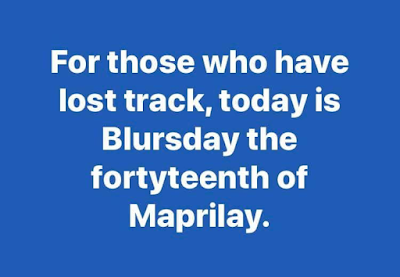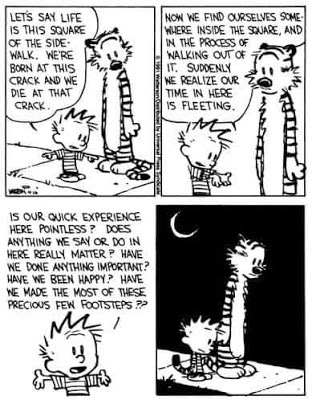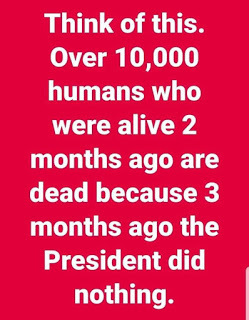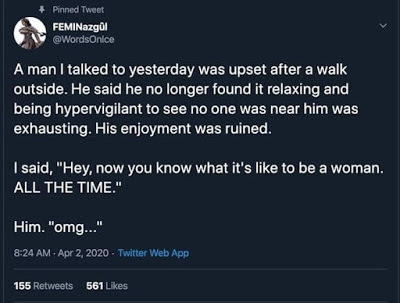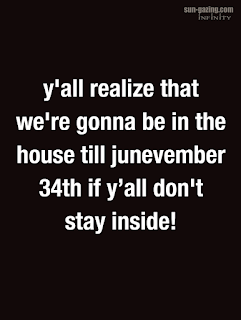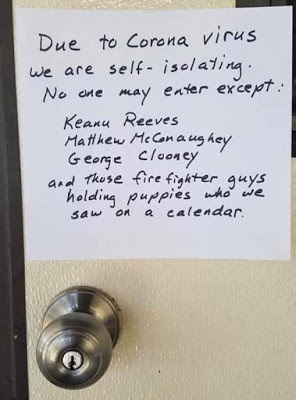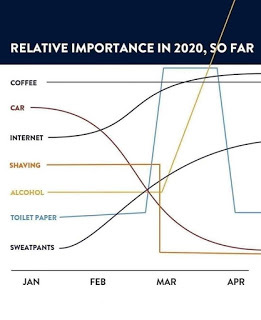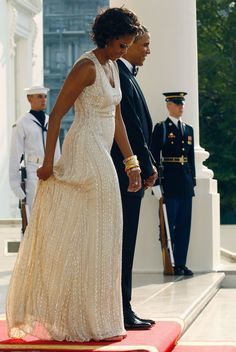What Day Is It?
Even as a long-term work-at-home castle maker, this lockdown has warped my sense of the passing of time.

I’m not sure it’s finished, so I haven’t mounted it onto a book yet.
Top Cat and I lost a whole day this week taking care of his semi-broken ankle. If you stopped by here mid-week, you got the story of how he fell off a ladder in the back yard on Saturday and saw his GP about it four days later. To get into the doctor’s office for the 9:30 appointment, we had to have our temperatures taken in the lobby by a nurse in a haz-mat suit, and were given a wrist band with the result. Every other seat in the waiting room had a sign taped onto it that, due to social distancing, this seat must be left empty. Things are not close to normal out there, Dear Readers.
Luckily, Top Cat got an appointment to get an X-ray that same afternoon, so we came home. I did my 5-mile trot, had a quick lunch, and we got to the radiologist at 2PM. Again, we had to have our temperature taken by a different team of haz-matted nurses, and in this building we weren’t allowed to clutter up the waiting rom at all. We were asked to wait in our cars.
That would have been OK but for the fact that just as T.C. was about to get his up, there was a FIRE DRILL. The medical building was huge, so it took about an hour to get everybody out, to have everybody mill about in the parking lot while keeping a distance, and then herd everybody back in the building.
I had a good book to read. When reading made me sleepy, I took a nap. When I woke up, I turned on the car (we have a hybrid so calm down, I wasn’t polluting) and listened to a Korean R&B CD. I daydreamed. Time passed.
We got home at 5.
T.C. has a badly sprained ankle and excellent meds.
The only thing that made Wednesday different from Tuesday, or Thursday, or today, was that I spent so much time in a parked car. Otherwise it was pretty much the same thing as I do all day, only in the house: I internet like crazy. I read a little. I glue stuff together. I listen to a CD. I Netflix. I daydream. Then I make a big stonking V&T and sit alone in a slowly darkening room pondering entropy.
The teacher of my next level Korean class told us that in preparation, we should come to the first class knowing our numbers. There’s two number systems in use in Korea: Chinese numbers for counting some things, and Korean numbers for counting other things. The difference between what you count in Sino (Chinese) and what you count in Native (Korean) seems as arbitrary as what makes nouns, in French, either masculine or feminine. So, OK, I’ve dealt with whimsical linguistics before. I can handle that.
Then you find out that Koreans rarely use Native to count any higher than 60 (for some reason) and for the really big numbers they use Sino. But wait, there’s more. Because 100 Korean won (money) is worth 8 cents — yes: EIGHT CENTS — Koreans use really big numbers everyday. A pizza can cost 30,000 won. A pair of Levi jeans (ew, who wears Levi jeans?) goes for 74,000 won. Average monthly net salary is 2.7 million won.
That would be OK except that Koreans don’t count like you or me. Everything is fine up to 9,999. But after that, they count in units of 10,000. So they don’t even have a word for “million”; they call it “one hundred ten thousands”. Until I learned the word for it in Korean Sino, I could not have told you that one million equaled 100 x 10,000. I had no clue.
Indignant that I would have to do math in order to say 713, 213.81 (average monthly rent for a one-bedroom apartment in Seoul), I googled Why The Fuck Does Korea Count in 10,000s and discovered something that I never knew about the history of counting.
A unit of 10,000 is called a myriad. Yes, that myriad, the one you’ve probably used one or twice in your life when you’re being fancy.
It comes from the ancient Greek myrios, which was “the greatest number expressed in one word”. It was the Romans who fixed the value of myriad (they called it myrias) at 10,000. When the word migrated into the English language in the 16th century it lost its meaning as a number and was treated as a noun that meant “large quantity”. Today it’s commonly used as an adjective, as in : There were myriad people fighting over the last package of Charmin at the Piggly Wiggly today. For some people, hearing people use myriad as an adjective offends them as language purists, but we don’t have to be friends with those people.
Maybe this lockdown is getting to me, or maybe I never knew how stupid I was, but I was charmed to know that when I count in Korean Sino I will be counting in myriads. This is a skill that I never knew I needed, or that it was a skill in the first place, but here we are. When I count off a really big number in Korean Sino, I’ll be doing more advanced mathematics than I’ve had to do in decades. Maybe it will make me smarter.
P.S. Japan also uses myriads, as does China. On the standard Scholastic Achievement Test that most high school kids have to take to get into college, the mean Asian American score is 598, the highest of any ethnic group. I’m just throwing out this random fact so as to not appear to be endorsing a stereotype.
Maybe it’s good timing that I decided to learn Korean in 2020. Seems like it’s the perfect year to stay home and do homework. I hope you all, Dear Readers, have something that gets you through the day that isn’t fattening, frightening, addictive, or illegal. It’s going to be a looooooong year.
And, oh yeah…
Fuck Trump.
Let’s end this week’s visit with two of our favorite ladies, because we all need to remember There Is Nothing Like A Dame:
Have a great weekend.
Stay inside.

